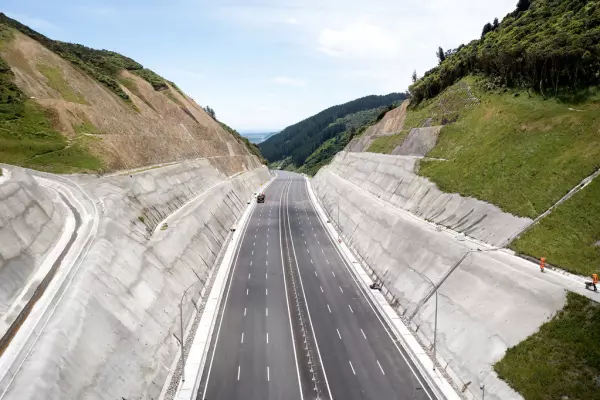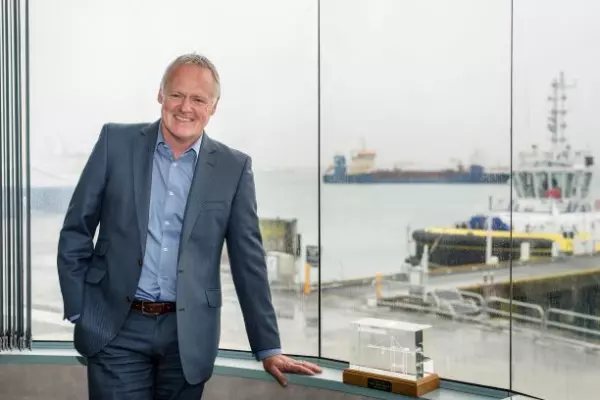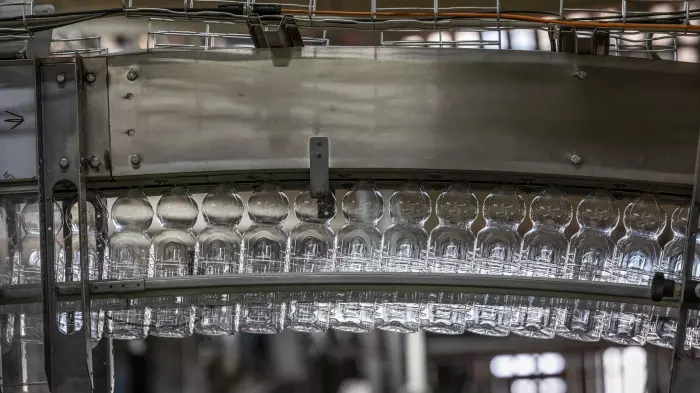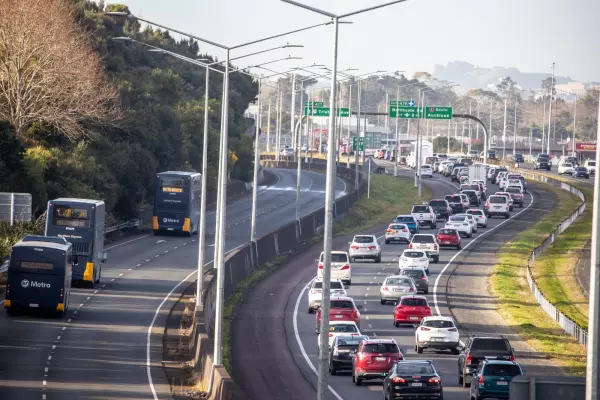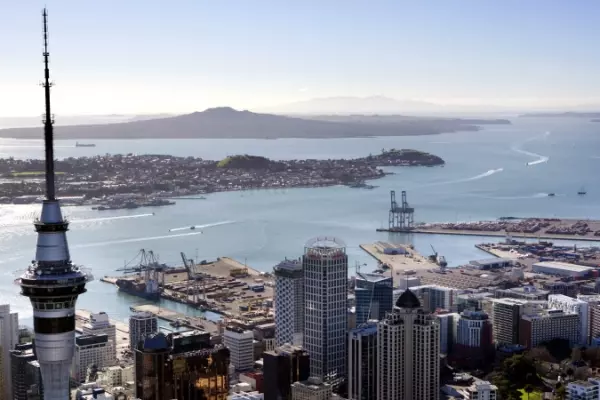For the $120 million cost of the next Let’s Get Wellington Moving business case, the government could fund all the capital improvements for a 10-year bus upgrade plan in Christchurch, a city growing more quickly and in dire need of better public transport alternatives.
In New Zealand, the funding model for transport looks increasingly unfit.
As the Ministry of Transport concedes, relying on fuel excise tax and road user charges to fill up the national land transport fund (NLTF) won’t be viable going forward.
NZ can’t expect to deliver a lower emissions transport system with a funding model that almost entirely depends on people driving cars.
Divvied up
In a speech earlier this year, ministry deputy chief executive Bryn Gandy put it like this: “I guess a very shorthand way of describing it is to say that we can make money from people driving cars, but we lose money from people walking, cycling and using public transport.”
But it’s not just where the funding comes from that’s an issue, it's how it's divvied up.
There's always going to be a degree of cross-subsidisation involved, where bigger regions end up subsidising smaller ones like the West Coast – if the sparsely populated area had to pay for the upkeep of its state highway network, driving would become hazardous extremely fast, especially with all the severe weather events.
But when regions that are building the most houses and accommodating the most growth end up receiving disproportionately less, that's a problem.
It leads to infrastructure deficits and helps fuel parochial accusations of bias and bad faith. The answer? Ensure transport dollars flow fairly to high-growth areas – to the cities and towns housing the most new residents.
That's not the case right now.
The most recent building consent data from Statistics NZ shows Canterbury had the highest per capita consenting rate for the year (13.3 homes per 1,000 people), followed by Auckland (13 per 1,000) and Waikato (9.6 per 1,000). The Wellington region, by contrast, consented a meagre 6.8 homes per 1,000 people, well below the national average of 9.8.
Despite this, on a per capita basis, Wellington was awarded significantly more transport funding through the 2021-24 national land transport programme (NLTP): $5,667 per person, according to an analysis by BusinessDesk. This compares to $4,255 for Auckland, $2,964 for Waikato and just $1,847 for Canterbury.
Ironically, while they’re receiving the least, regions like Canterbury are likely paying the most into the NLTF because of a lack of viable alternatives to driving (as Gandy said: cars pay).
Waka Kotahi couldn’t tell BusinessDesk how much fuel excise tax drivers in each region paid into the NLTF, as Customs collected it from importers and manufacturers. The transport agency was also unable to say how much it sourced from each region in road user charges, vehicle registration and licensing fees – the other revenue sources for the NLTF.
However, vehicle kilometres travelled (VKT) data provide a rough proxy.
Looking at the five biggest regions by population, a BusinessDesk analysis of 2021 VKT data suggests, on a per capita basis, Waikato residents drove an average of 10,805km over the year, followed by 10,227km in Canterbury, 8335km in Auckland, 8269km in Bay of Plenty and 7454km in Wellington.
Low-hanging fruit
In terms of equity, Waka Kotahi would likely argue that looking at a single NLTP in isolation is misleading.
Large, infrequent projects like the $6.4b Let’s Get Wellington Moving programme will distort the picture, for example.
As for determining what to fund through an NLTP, that's based on regional input. In other words, if regions haven’t developed projects to fund, they won’t get money (politicians promising things like $100m for commuter rail in Canterbury must find it convenient being able to blame a lack of local planning for their failure to deliver).
Could NZ take a more national-level approach?
For instance, the government could direct Waka Kotahi to invest more in high-growth areas; it could make a set part of the NLTF contestable for the regions consenting the most new housing; and it could direct officials to work more collaboratively with local councils to speed up the development of business cases necessary to unlock funding.
There should also be more consideration of tradeoffs.
Wellington undoubtedly has major transport issues, but if emissions reduction and encouraging mode shift away from private vehicles is the priority, then the capital is already a success by NZ standards.
About 21.3% of Wellington commuters take a bus or train to work, according to 2018 Census data. In Auckland, the figure is 10.1%. In Christchurch, it's 4.2%.
It makes sense to prioritise low-hanging, less costly fruit.
For a tiny fraction of the $14.6b cost of light rail in Auckland or the $120m cost of the next Let’s Get Wellington Moving business case, the government could fully fund the bus lanes, shelters and other infrastructure needed as part of a 10-year bus upgrade plan in Christchurch.
Whatever happened, next year is election season: expect a flurry of transport promises, not all of them logical.




